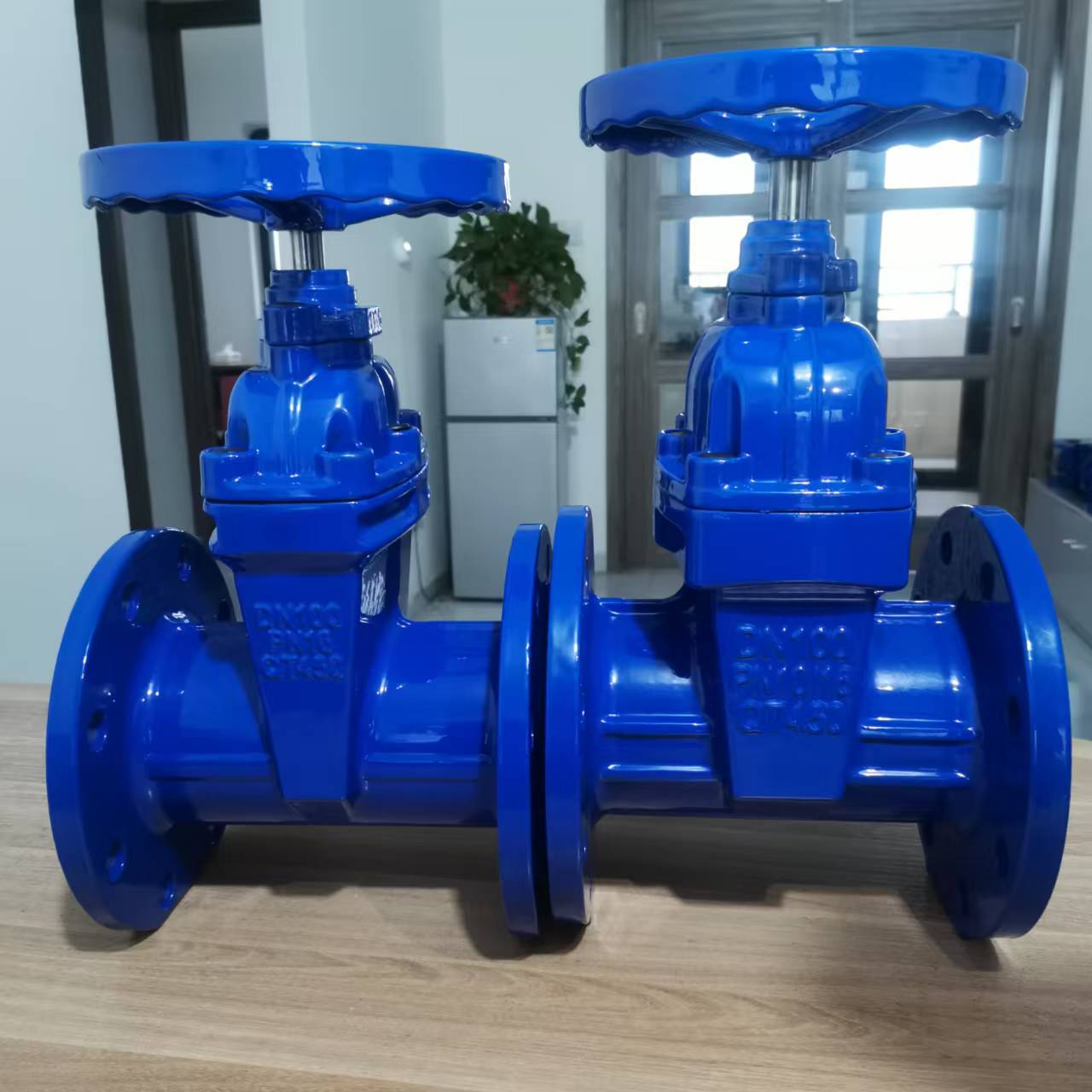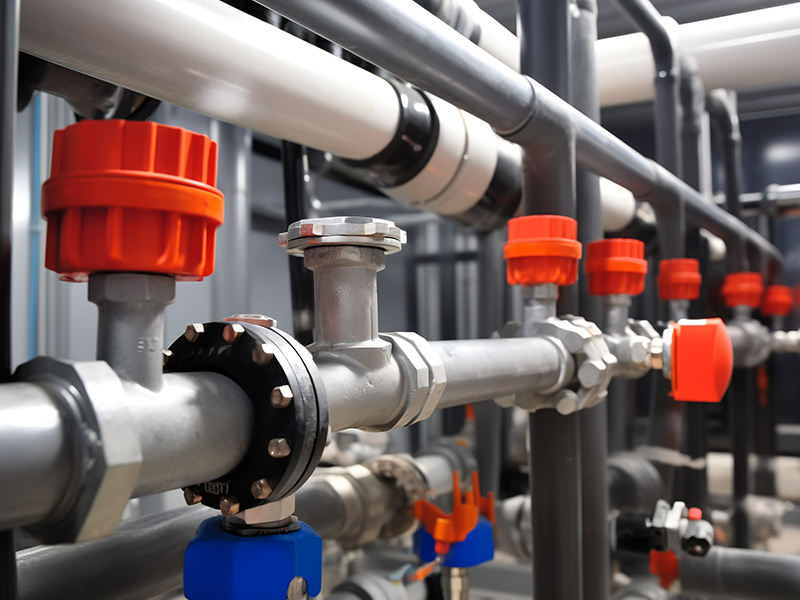What should be noted when installing gate valves?
Release Time:
Aug 08,2025
When choosing the installation location, isolation requirements, operational convenience, and flow resistance requirements are the primary considerations

What should be noted when installing gate valves?
1. Flow direction: Most gate valves are bi-directional, but it is best to follow the flow arrow on the valve body during installation (if indicated). Especially for working conditions that require strict sealing (such as metal hard seals), following the recommended flow direction can help achieve the best sealing effect. For wedge gate valves, it is generally recommended that fluid flows in from below the gate (i.e. the valve stem is above the fluid), which helps seal when closed and reduces pressure on the valve stem packing.
2. Space: When opening a gate valve (especially a rising stem type), a large axial space (the height at which the valve stem is fully raised) is required. Sufficient space must be reserved for operation and maintenance during installation (including replacement of packing, disassembly of valve cover, etc.).
3. Support: For larger gate valves or vibrating pipelines, appropriate support should be provided to prevent the weight or stress of the valve from being transmitted to the pipeline.
4. Location: The installation location should be easy for operators to access and operate the handwheel (or actuator), and if necessary, an extension rod or operating platform should be installed.
5. Cleaning: Before installation, ensure that the interior of the pipeline is clean and free of welding slag, debris, etc., to avoid damaging the sealing surfaces of the gate and valve seat.
6. Direction: Gate valves can be installed on horizontal or vertical pipelines (with the valve stem facing vertically upwards). When installing on a vertical pipeline, special attention should be paid to the weight support and ease of operation of the valve.





